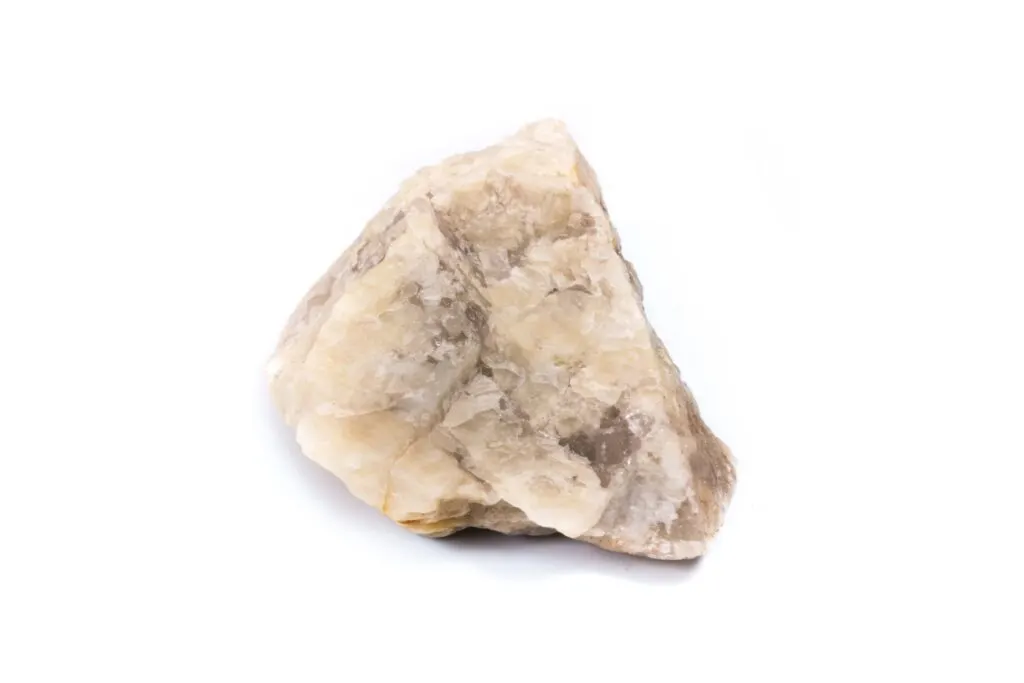
Minerals are the fundamental components of rocks, forming the very foundation of the Earth’s crust. Among the thousands of known minerals, only a few are considered rock-forming minerals—those that occur in significant quantities and define the composition and properties of most rocks. These essential minerals shape landscapes, drive geological processes, and provide crucial insights into Earth’s history.
Understanding rock-forming minerals is vital for geologists, as it helps in identifying rock types, reconstructing past environments, and exploring valuable natural resources. In this guide, we will explore the key rock-forming minerals, their properties, classification, and significance in geology.
What Are Rock-Forming Minerals?
Rock-forming minerals are naturally occurring, inorganic substances with a definite chemical composition and crystalline structure. Unlike rare accessory minerals, these minerals are abundant and essential in classifying rocks. They primarily belong to the silicate group, which constitutes over 90% of the Earth’s crust.
These minerals originate from various geological processes, such as magma crystallization, metamorphic transformations, and sediment deposition. They determine the physical and chemical properties of rocks, making their study a cornerstone of geology.
Major Rock-Forming Minerals
1. Quartz (SiO₂)
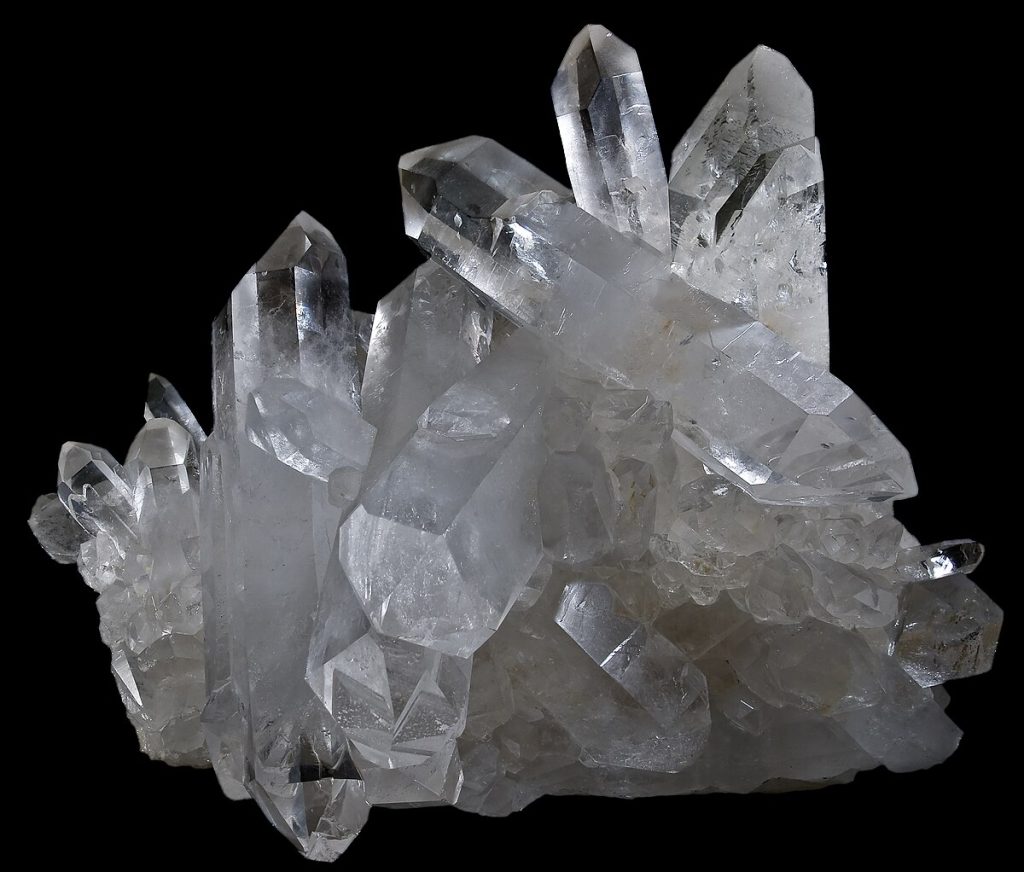
Quartz is one of the most abundant and durable minerals in the Earth’s crust. It consists of silicon and oxygen and is highly resistant to weathering. Quartz is present in igneous, sedimentary, and metamorphic rocks, making it a fundamental mineral in geology.
- Color: Transparent to white, can appear in various shades due to impurities.
- Hardness: 7 on the Mohs scale, making it highly resistant to abrasion.
- Occurrence: Found in granite, sandstone, and quartzite.
Quartz’s stability ensures its presence in sand deposits and soil, contributing to Earth’s sedimentary cycles.
2. Feldspar Group
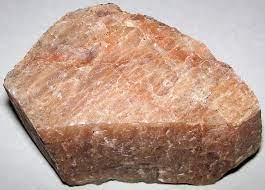
Feldspars are the most abundant minerals, constituting nearly 60% of the Earth’s crust. They are silicate minerals that form in various igneous, metamorphic, and sedimentary rocks. Feldspar minerals are categorized into two main types:
- Plagioclase Feldspar – Rich in calcium and sodium, commonly found in basalt and gabbro.
- Orthoclase Feldspar – Rich in potassium, a major component of granite and other felsic rocks.
Key properties:
- Hardness: 6 on the Mohs scale.
- Cleavage: Two distinct cleavage planes at right angles.
- Common occurrence: Granitic rocks, basaltic rocks, and some metamorphic rocks.
Feldspar weathers over time to form clay minerals, which are important in soil formation and agriculture.
3. Mica Group (Muscovite & Biotite)
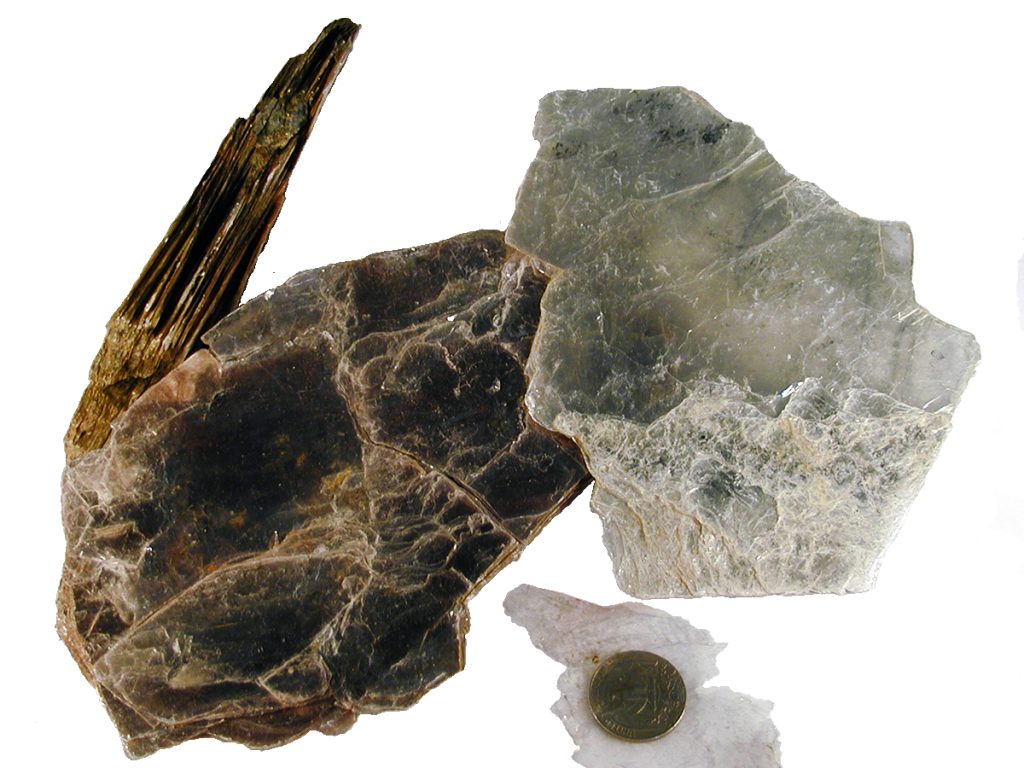
Micas are sheet-like silicate minerals known for their ability to split into thin, flexible layers.
- Muscovite (light-colored) – Found in granite, schist, and pegmatites.
- Biotite (dark-colored) – Present in basalt, gneiss, and metamorphic rocks.
Key properties:
- Soft (2.5–3 on the Mohs scale).
- Exhibits perfect cleavage, forming thin sheets.
- Commonly found in both igneous and metamorphic rocks.
Micas are crucial in electrical insulation and industrial applications due to their heat resistance.
4. Pyroxene Group
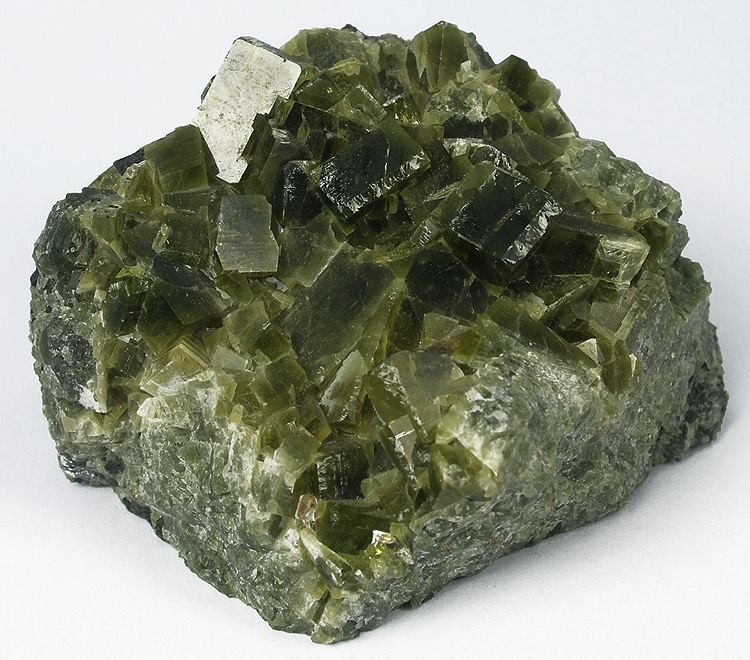
Pyroxenes are dark-colored silicate minerals that are essential components of mafic and ultramafic rocks. These minerals are found in basalt, gabbro, and peridotite, playing a major role in Earth’s mantle composition.
- Common Pyroxene Mineral: Augite.
- Color: Dark green to black.
- Hardness: 5–6 on the Mohs scale.
- Crystal system: Monoclinic or orthorhombic.
Pyroxenes are important in identifying igneous rock origins and are key indicators of mantle-derived rocks.
5. Amphibole Group (Hornblende)
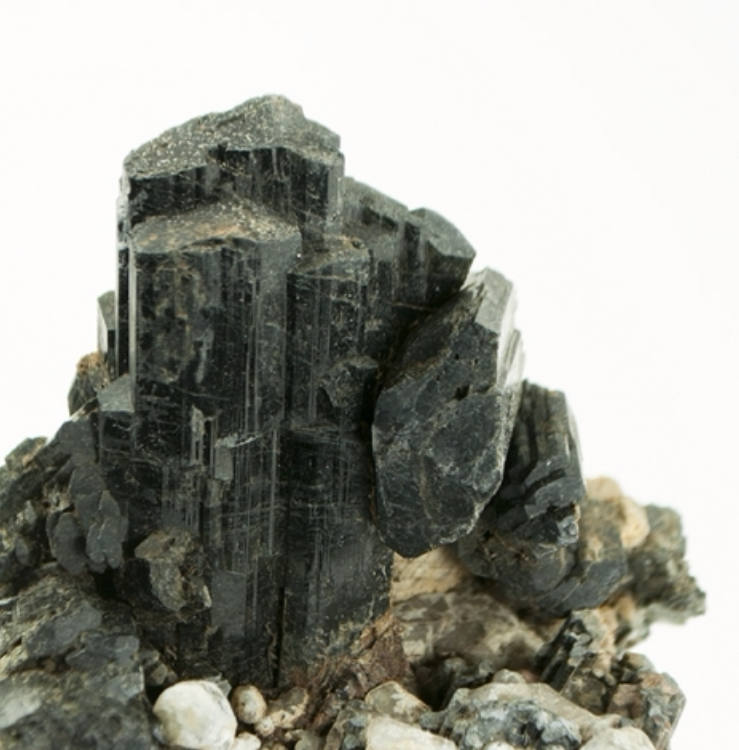
Amphiboles, particularly hornblende, are essential in both igneous and metamorphic rocks. These minerals are often confused with pyroxenes but have a more complex chemical composition and cleavage angles.
- Color: Dark green to black.
- Hardness: 5–6 on the Mohs scale.
- Occurrence: Found in diorite, andesite, and schist.
Hornblende is a major mineral in metamorphic rocks formed under high temperatures and pressures, making it a key indicator of geological transformations.
6. Olivine (Mg,Fe)₂SiO₄
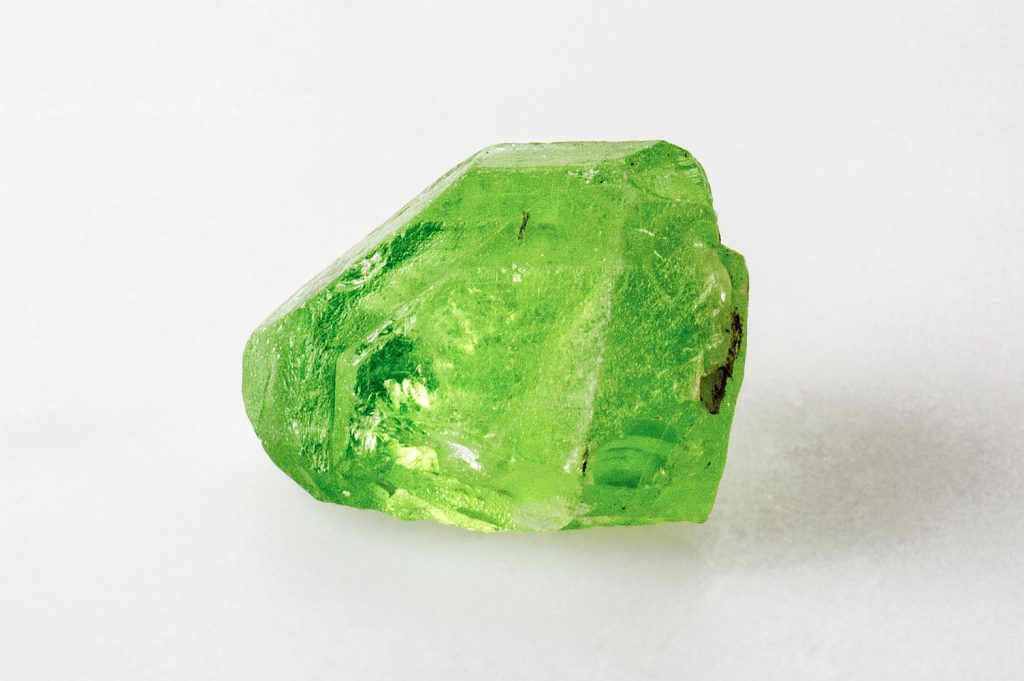
Olivine is a greenish silicate mineral that forms in ultramafic rocks like peridotite and dunite, which make up a large part of the Earth’s mantle.
- Color: Olive green.
- Hardness: 6.5–7 on the Mohs scale.
- Occurrence: Found in basalt, peridotite, and mantle-derived rocks.
Olivine weathers quickly at the surface but is crucial in understanding Earth’s mantle composition and volcanic activity.
The Importance of Rock-Forming Minerals in Geology
1. Rock Classification and Identification
Rock-forming minerals determine a rock’s texture, color, and composition. By identifying these minerals, geologists classify rocks into igneous, sedimentary, and metamorphic types.
2. Understanding Earth’s Geological History
The presence and transformation of minerals in rocks provide clues about Earth’s past climate, tectonic activity, and metamorphic processes.
3. Economic and Industrial Applications
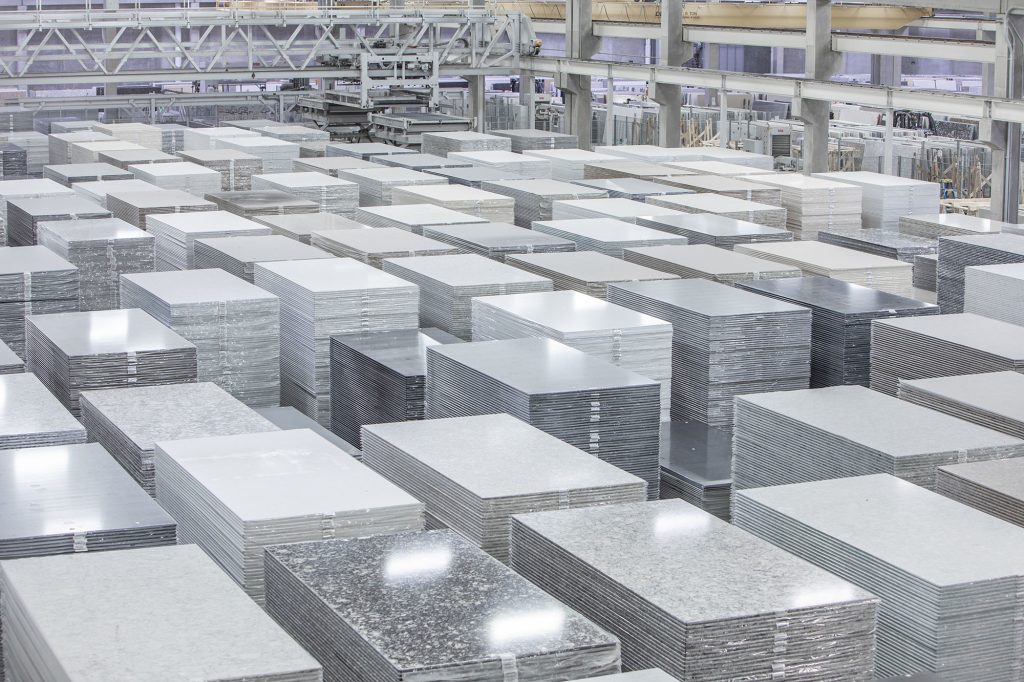
Many rock-forming minerals are valuable for industries:
- Quartz: Used in glass-making and electronics.
- Feldspar: Important in ceramics and construction.
- Mica: Used in electrical insulation and cosmetics.
4. Environmental and Earth Sciences
Minerals play a role in soil formation, water filtration, and carbon sequestration. Understanding their weathering and breakdown helps geologists assess environmental changes.
Insights & Reflections
Rock-forming minerals are the backbone of Earth’s geological framework. From the silicate-rich crust to the olivine-dominated mantle, these minerals shape the planet’s structure and influence geological processes. Their study is essential for geologists, providing valuable insights into Earth’s history, resource exploration, and environmental science.
By understanding these fundamental minerals, scientists and researchers can decode Earth’s complex systems, identify valuable resources, and predict geological changes that impact our world.

